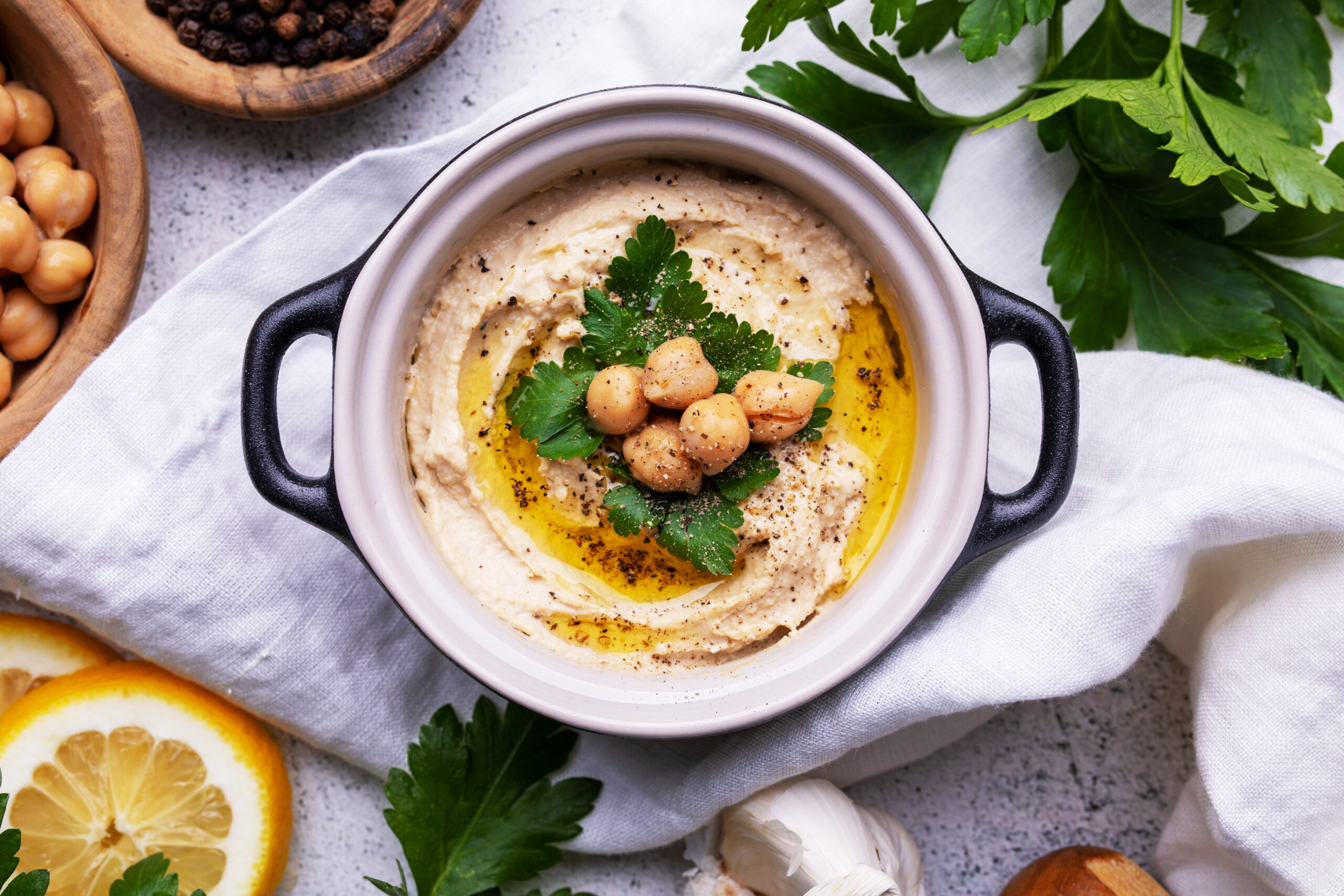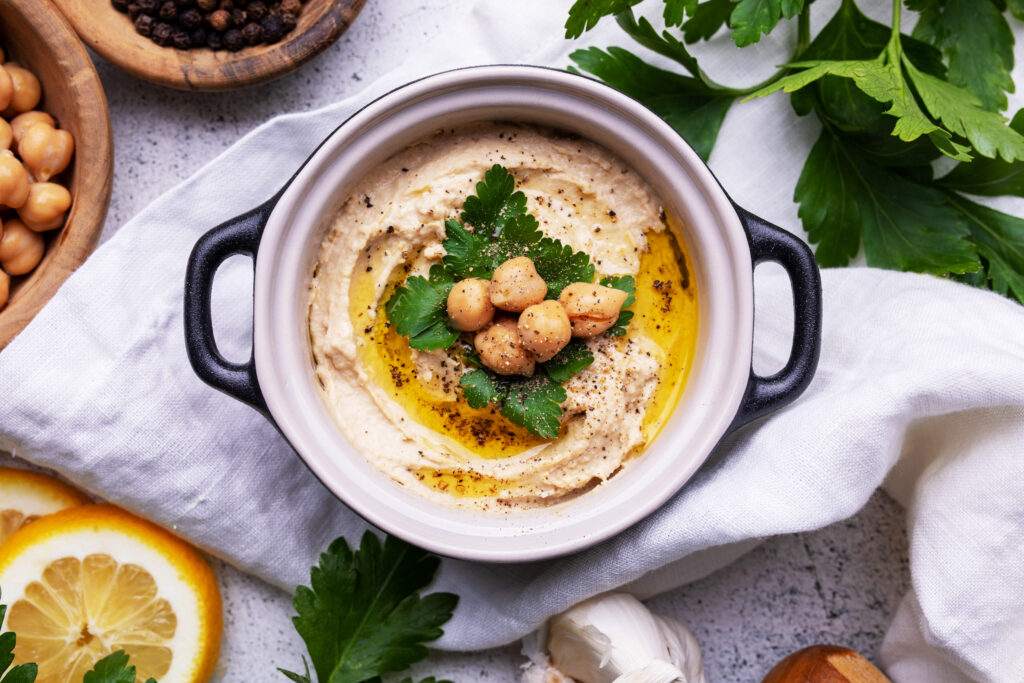Cooking is just about as old as humanity itself, but some recipes have outlasted empires and remained cherished across the ages. The ten dishes coming up are culinary relics that offer us a taste of the distant past!

Hummus
Originating from the Middle East, hummus is a creamy blend of chickpeas, tahini, lemon juice, and garlic. This dish dates back to ancient Egypt around the 13th century BC. It’s a testament to the simplicity and endurance of its ingredients, which were readily available and could be easily cultivated in the region’s arid environment.
Today, hummus is enjoyed worldwide, with each culture adding its unique twist to the classic recipe.
Sourdough Bread
The art of sourdough bread-making traces back to ancient Egypt around 1500 BC. The natural fermentation process, which occurs when wild yeast meets flour, was likely discovered by accident.
Despite its ancient roots, sourdough remains popular for its tangy flavor and health benefits, as it’s easier to digest and rich in beneficial bacteria. Its resilience is mirrored in its ability to rise, no matter the century.
Tamales
Tamales began as portable sustenance for Aztec, Mayan, and Incan warriors, dating back to 8000 to 5000 BC. Corn, the staple ingredient, was considered sacred and formed the basis of this enduring dish.
Wrapped and steamed in corn husks, tamales are a beloved tradition in modern Mexican cuisine, showcasing the historical continuity of food and culture.
Garum
This fermented fish sauce was the ketchup of ancient Rome, vital to the cuisine of its time. Made from fish guts, salt, and herbs, garum was a byproduct of the thriving fishing industry along the Mediterranean coast.
Its production process is echoed in modern Southeast Asian fish sauces, highlighting garum’s lasting influence on flavoring techniques.
Mulligatawny Soup
With roots in Indian cuisine, mulligatawny soup was adapted by British colonists in the 17th century to suit their tastes. Originally a spicy broth, it evolved into a richer soup with added meats and vegetables. This dish exemplifies how recipes adapt over time, incorporating new ingredients and influences while maintaining a core identity.
Peking Duck
A cherished dish since the Yuan dynasty, Peking duck is known for its crispy skin and succulent meat. The recipe has been refined over centuries but remains a symbol of Beijing’s culinary heritage. Traditionally roasted until golden, the duck is typically served with pancakes, sweet bean sauce, and scallions.
Fesenjan
This luxurious Persian stew combines pomegranate with walnuts to create a rich, tart, and sweet sauce, typically served with duck or chicken. Dating back to the time of the Persian Empire, fesenjan showcases the sophisticated layering of flavors that is characteristic of ancient Persian cooking.
Ratatouille
This humble French peasant dish dates back to 18th century Nice. Made from simmered bell peppers, zucchini, eggplant, and tomatoes, ratatouille relies on freshness and simplicity. It celebrates the garden’s bounty and has evolved into a global staple that speaks to its roots in the sun-drenched Provençal countryside.
Gyros
Originating from Greece, gyros are a testament to the ingenuity of using leftovers. Traditionally made from pork or lamb, this dish involves meat roasted on a vertically turning spit, served wrapped in a flatbread with sauce and onions.
It’s a fast-food precursor that has enjoyed widespread popularity, linking modern quick meals to ancient practices.
Risotto
This creamy Italian classic started in the north of the country, celebrated for its slow-cooked grains absorbing broths and seasonings. Originally from the Renaissance when saffron was first introduced to Italy, risotto is a dish where patience is key. Each bite is a creamy homage to its luxurious, saffron-infused origins.







